Greatest Inventions of All Time
- Greatest Inventions of All Time
An important part of human nature is aspiration for progress. A man changes the environment with scientific and technical innovations. Everyday, a new patent is introduced somewhere in the world. Some inventions were invented long time ago and made our lives so much easier, that we got used to them as if the nature itself had made them. For example, we use our computers everyday, check the mail and make contacts with people throughout the world, in a few minutes, not being aware of the one who enabled us to do that.
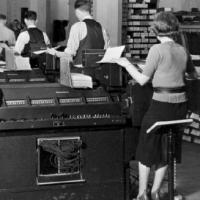
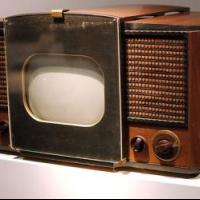
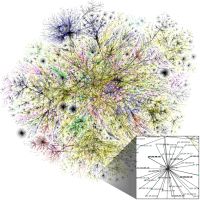
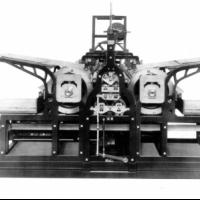
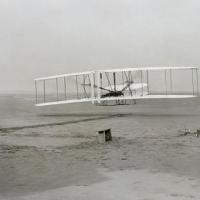

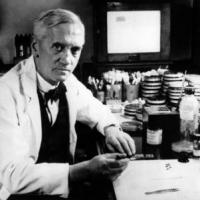
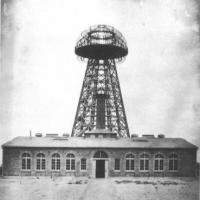

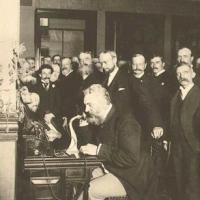

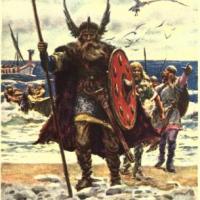

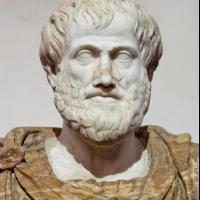
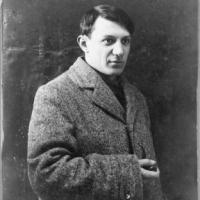
The Computer
The first substantial computer was the giant ENIAC machine by John W. Mauchly and J. Presper Eckert at the University of Pennsylvania. ENIAC (Electrical Numerical Integrator and Calculator) used a word of 10 decimal digits instead of binary ones like previous automated calculators/computers. ENIAC was also the first machine to use more than 2,000 vacuum tubes, using nearly 18,000 vacuum tubes. Storage of all those vacuum tubes and the machinery required to keep the cool took up over 167 square meters (1800 square feet) of floor space. Computer greatest inventions of all time. Nonetheless, it had punched-card input and output and arithmetically had 1 multiplier, 1 divider-square rooter, and 20 adders employing decimal "ring counters," which served as adders and also as quick-access (0.0002 seconds) read-write register storage.